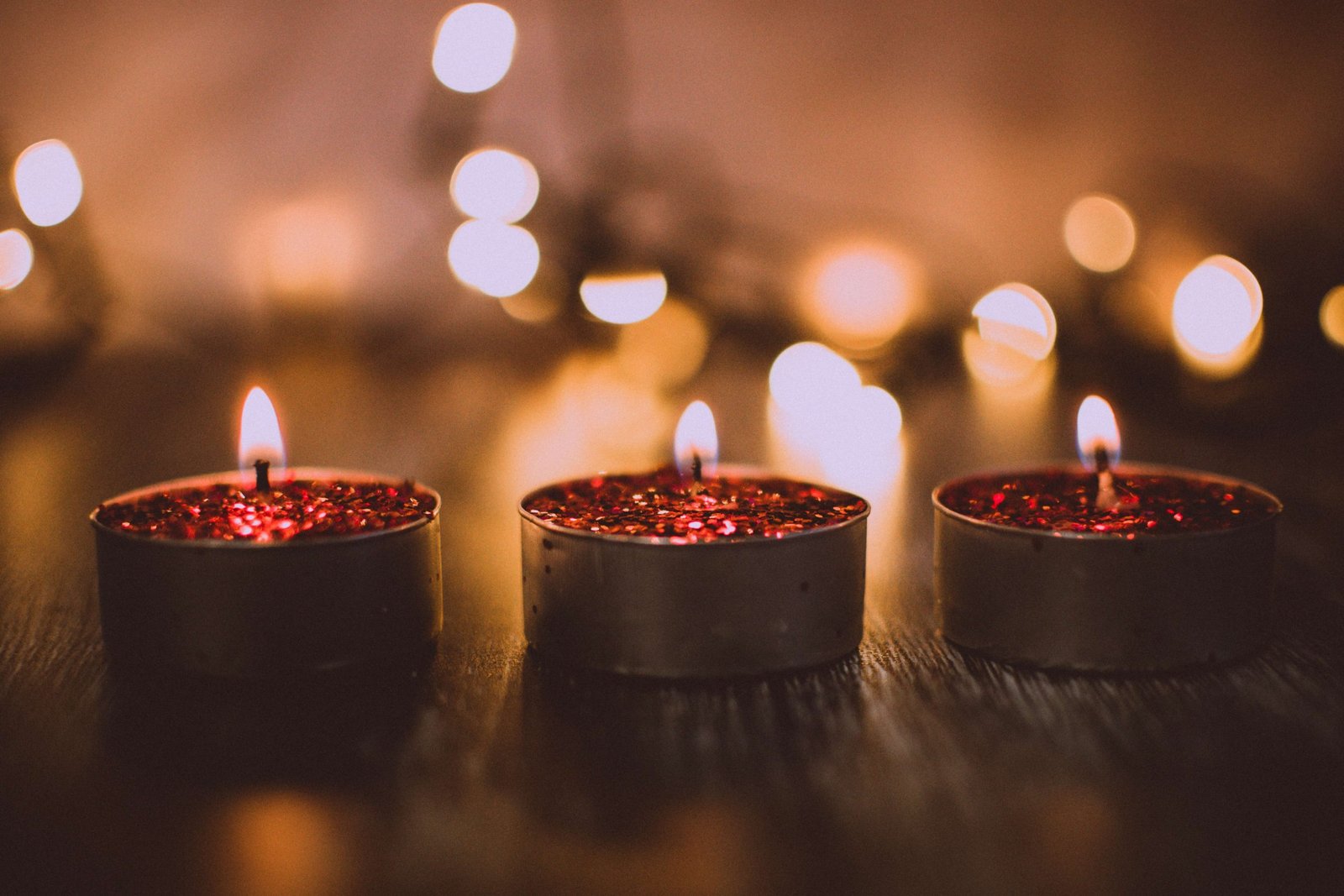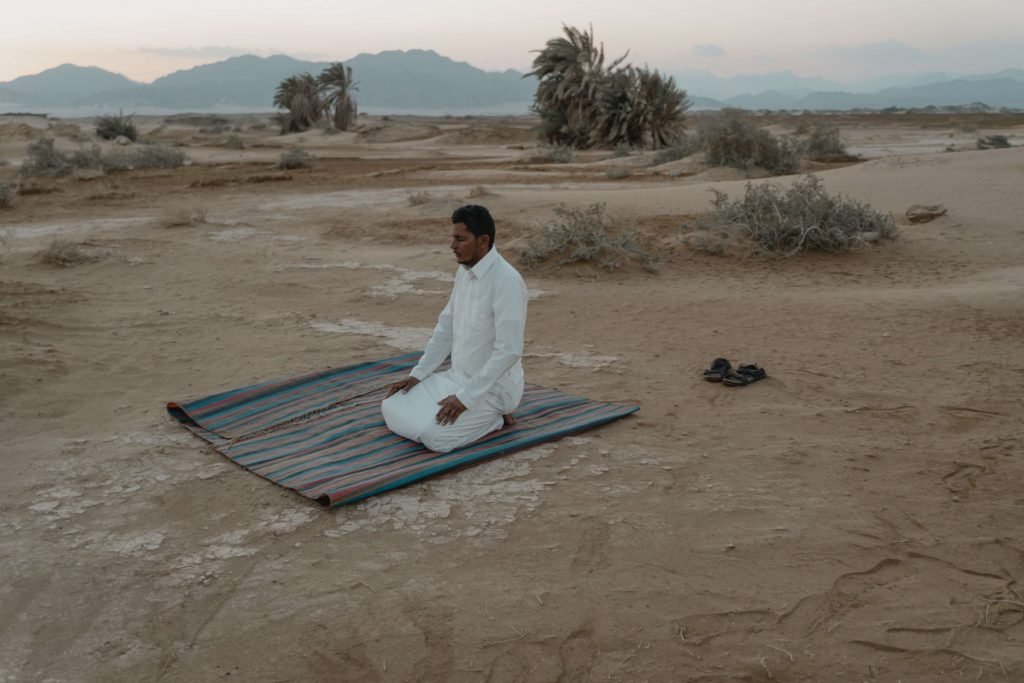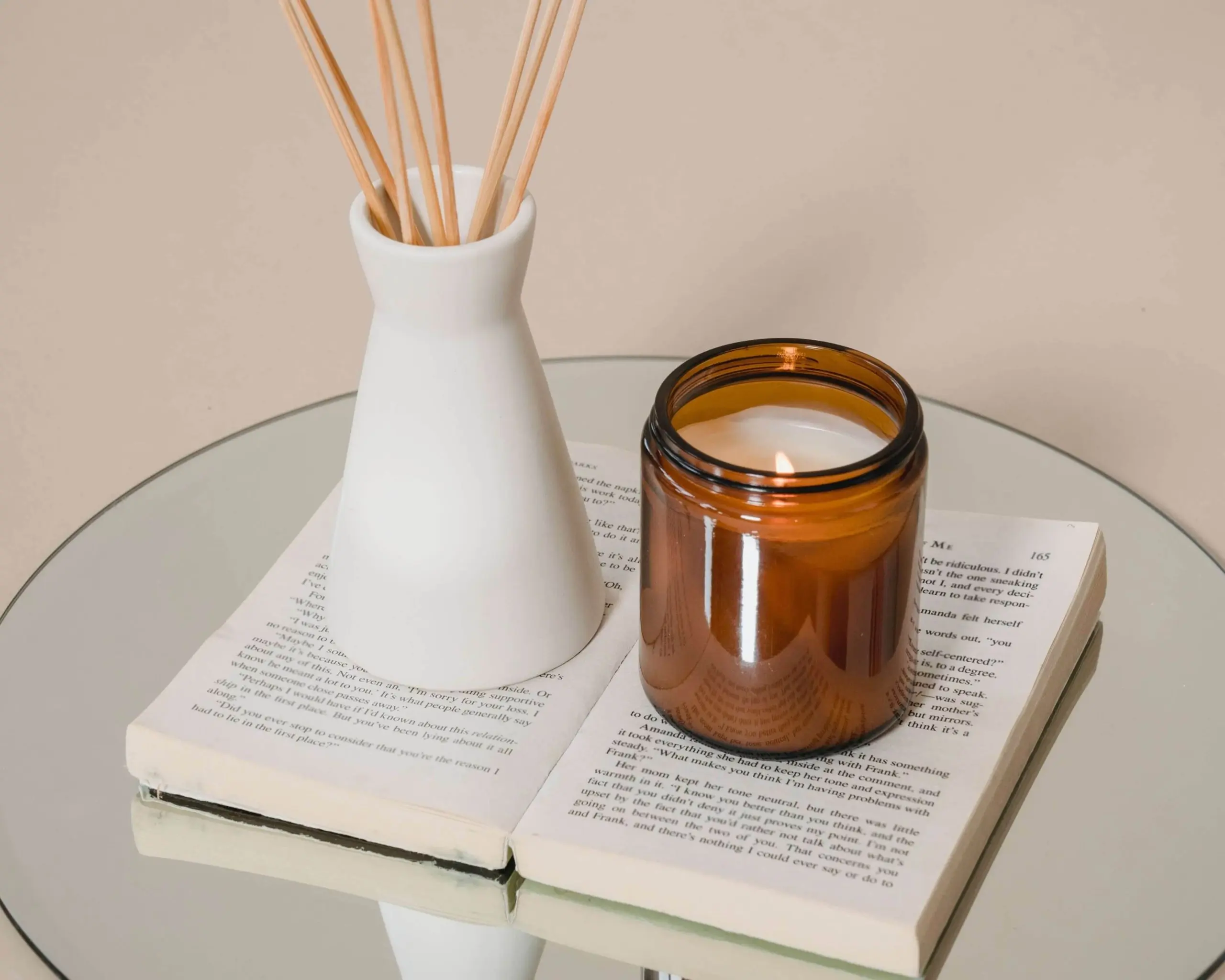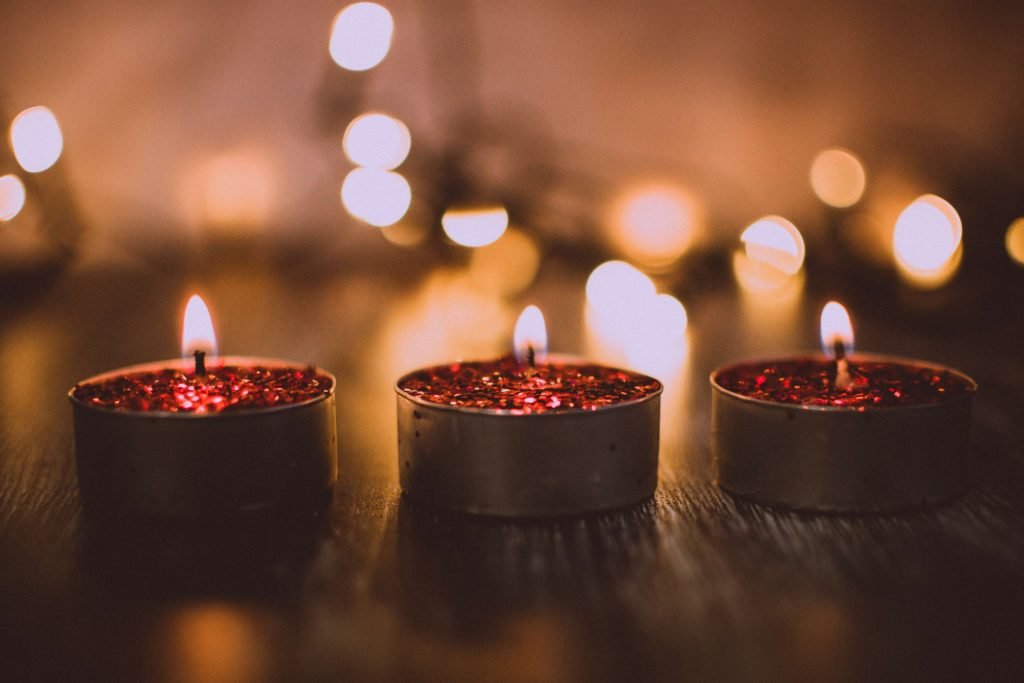
Exploring the History of Meditation Candles Across Cultures
Table of Contents
Introduction:
Meditation candles and their role in various spiritual practices
Meditation candles have been a popular tool for spiritual practices for a long time as they help focus the mind and connect with a higher power. Whether an individual is lighting a single candle for a solo meditation session or arranging a group of candles in a sacred space, the soft glow of a flame can create a sense of peace and tranquility.
Candles are often used as a symbol of the divine in many traditions. They offer light and guidance during dark times. Meditation candles are central to several spiritual practices, ranging from Buddhism to Wicca. They can also serve as a powerful tool for spiritual growth and self-discovery.
Eastern traditions, such as Buddhism and Hinduism
Meditation candles have a long history in Eastern spiritual traditions, particularly Buddhism and Hinduism. In Buddhism, candles are often used as offerings to the Buddha and other deities, as a way to symbolize the burning away of ignorance and the cultivation of wisdom.
Candles are used in Tibetan Buddhist practices to honor and support the deceased through their journey in the afterlife.

Candles hold great significance in Hinduism as they are used in puja (worship) rituals to show respect to the gods and goddesses. They are also an important part of yoga practice, where they can be placed on an altar or used as a focal point during meditation.
In Buddhism and Hinduism, a candle flame symbolizes the divine and the potential for spiritual enlightenment through knowledge.
Overall, the use of meditation candles in Eastern spiritual traditions serves as a way to connect with the divine and cultivate inner peace and understanding.
Western spiritual traditions, such as Christianity and Wicca
Meditation candles are also used in Western spiritual traditions, such as Christianity and Wicca. In Christianity, candles are often used during prayer and meditation as a way to symbolize the presence of the Holy Spirit. Candles may also be used in churches as a way to honor saints or mark special occasions, such as Christmas or Easter.
In Wiccan traditions, candles are essential tools used in rituals and spell work. Each color of the candle represents a unique energy that can be utilized to attract specific intentions.
During a prosperity ritual, a green candle may be used; whereas, a pink candle may be utilized to attract love.

Overall, the use of meditation candles in Western spiritual traditions serves as a way to connect with the divine and invoke specific energies or intentions.
The symbolism of different candle colors in meditation and ritual practices
Candle color is often thought to have symbolic meaning in meditation and ritual practices. Different colors may be associated with specific energies, emotions, or intentions, and choosing the right color for meditation or ritual can enhance the desired outcome. Here are some common symbolic associations for candle colors:

- Red: passion, strength, courage, lust
- Orange: creativity, attraction, abundance
- Yellow: clarity, communication, concentration
- Green: growth, prosperity, abundance
- Blue: tranquility, patience, wisdom
- Purple: spirituality, psychic ability, royalty
- Pink: love, friendship, peace
- White: purity, spirituality, protection
- Black: banishment, protection, grounding
It’s important to note that the symbolic meanings of candle colors can vary depending on the tradition or individual interpretation. It’s always a good idea to do some research or consult with a spiritual advisor before using candles in your practice.
Modern spiritual and mindfulness practices
There are many benefits to using candles in modern spiritual and mindfulness practices. Some of the benefits include:
- Creating a peaceful atmosphere: The soft glow of a candle can help create a sense of peace and tranquility, making it easier to relax and let go of stress.
- Focusing the mind: The act of lighting a candle and watching the flame can help to focus the mind and bring awareness to the present moment.
- Connecting with the divine: For those seeking a deeper spiritual connection, candles can serve as a symbolic link to a higher power or divine energy.
- Enhancing intention-setting: Candles can be used as a focus point for setting intentions or manifesting goals. The act of lighting a candle can serve as a ritual to help anchor the intention in the present moment.
- Promoting relaxation: The gentle light and soothing aroma of a candle can help to promote relaxation and reduce anxiety.
Overall, the use of meditation candles can be a powerful tool for enhancing spiritual and mindfulness practices, helping individuals to find inner peace and connect with their higher selves.
Conclusion:
The significance of meditation candles in diverse cultural and spiritual contexts
In conclusion, meditation candles have played a significant role in diverse cultural and spiritual contexts for centuries. From Buddhism to Wicca, candles have been used as a way to connect with the divine, focus the mind, and create a peaceful atmosphere.
The symbolism of different candle colors can enhance the desired outcome of a meditation or ritual practice, and the benefits of using candles in modern spiritual and mindfulness practices are numerous. Whether for spiritual growth, relaxation, or simply as a source of calming light, the enduring significance of meditation candles is clear.


